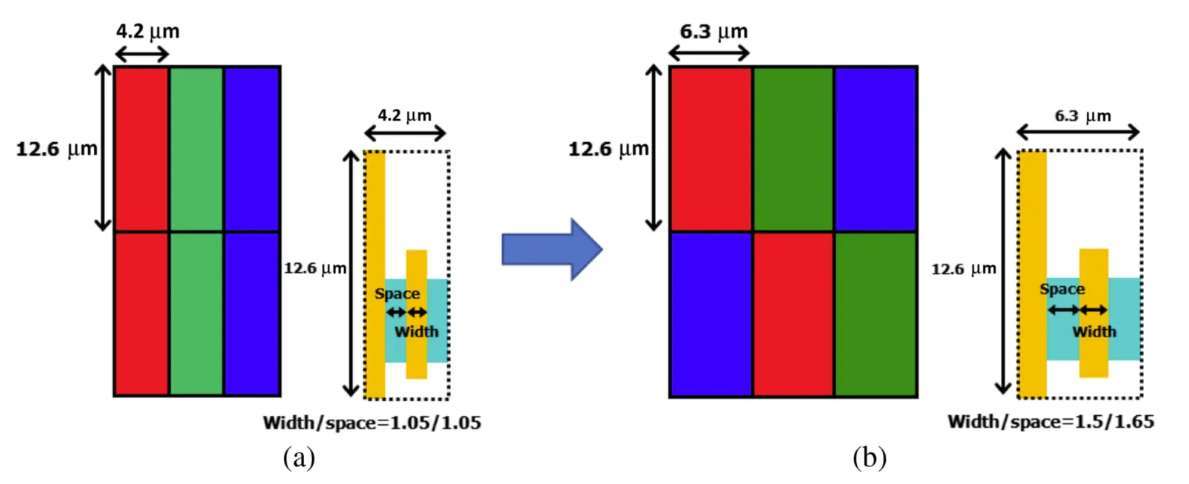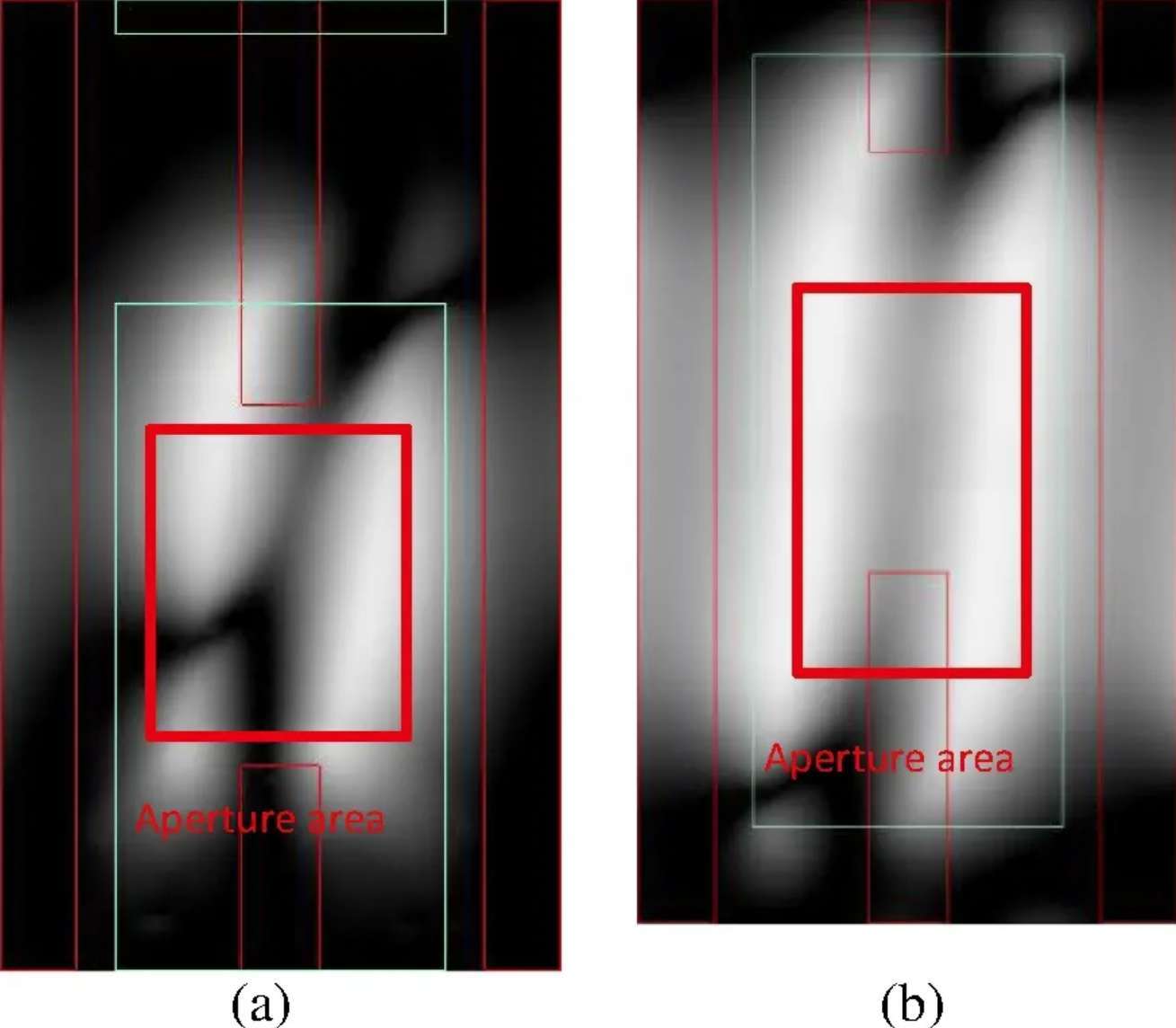Home >Technology peripherals >AI >Taiwan Innolux develops 2117ppi ultra-high resolution 4K LCD display for VR
Taiwan Innolux develops 2117ppi ultra-high resolution 4K LCD display for VR
- 王林forward
- 2023-10-25 12:01:041492browse
(Nweon October 25, 2023) Virtual reality display technology is developing rapidly, with resolution and pixel density continuing to rise. Although the maximum resolution of current consumer VR headsets is only about 1200 PPI, researchers at Innolux are developing an ultra-high-resolution 4K LCD display of 2117 PPI.
Innolux introduced their display with a PPI of 2117 in a new research paper. The team claims that this makes the VR visual experience get rid of the screen door effect, and the details are very clear, significantly enhancing the sense of immersion.

So, how do they do it in terms of engineering, because making a display with such tiny pixels is beyond the limits of production equipment. To address lithography limitations, the team implemented clever sub-pixel rendering techniques and algorithms that optimized pixel size and spacing, increasing the sub-pixel size to 6.0 μm × 12.0 μm. As shown in FIG. Comparing pictures (a) and (b), it is obvious that picture (b) has a larger pixel spacing in the horizontal direction.
Thus in the horizontal dimension, the original component can have wider width and spacing, thereby exceeding the production limit of 1μm line width and line spacing. By doing so, the team was able to achieve the required line/space widths and produce an ultra-high resolution 2117 PPI LCD.
But pixel density itself does not guarantee performance. So, the researchers solved the aperture ratio problem caused by bulky TFTs taking up a lot of space within each pixel. Through careful design and process improvement, the TFT size is reduced and the aperture ratio is optimized to about 19%, while the light transmittance and brightness are greatly improved.
They then further cleverly optimized the ITO electrode to achieve higher liquid crystal efficiency within the strict constraints of tiny pixels, increasing light throughput by an impressive 70%. At the same time, the researchers eliminated color shift at wide viewing angles through an optical shielding layer.

As the resolution expands, a key issue is the exponential increase in power consumption that comes with it. In order to solve this problem, Innolux implemented dual-voltage drive to match the energy supply level of functional requirements, thus saving a lot of energy. In addition, other strategies such as lowering drive frequency, innovative circuit architecture, and reducing parasitic capacitance also reduce power requirements.
Since this is an LCD, as the resolution increases, achieving high dynamic range and contrast comparable to OLED displays is still a challenge. Here, the integration of mini-backlight becomes a key player. Its high color purity, narrow emission spectrum and quantum dot color conversion expands the color gamut and fully covers the DCI-P3 standard. Local dimming sharpens the transition between light and dark. Further backlight innovation has resulted in incredibly thin components of 0.9mm, ideal for VR wearables.
The end result of interdisciplinary display advancement is a 2.56-inch 4K x 4K LCD with 2117 PPI. The team claims their achievement is an "industry first," noting that it provides VR users with superior visual detail and immersion. But what does this mean for the display industry and the VR market?
In recent years, LCD technology has faced fierce competition from MicroLED and MicroOLED, especially in the high-end market. Innolux's prototype shows that LCD can still be a highly viable option, capable of matching or even exceeding the capabilities of its competitors. Compared with the high price of new technologies, LCD can provide a more mainstream advanced solution.

Of course, Innolux acknowledges that microdisplays still have advantages in terms of compact form parameters required for fashionable designs. However, researchers believe each technology could serve different areas. In terms of resolution, dynamic range and pixel response speed, LCD still has huge room for innovation.
Related papers: Breaking the limits of virtual reality display resolution: the advancements of a 2117-pixels per inch 4K virtual reality liquid crystal display
If consumer demand for more immersive and visually rich VR experiences continues to grow, displays will need to evolve rapidly. Innolux’s 2000 PPI LCD display is a tentative step towards future displays. It expands what is currently achievable and brings us closer to a true metaverse. But of course, this is just a small milestone in the long road ahead.
The above is the detailed content of Taiwan Innolux develops 2117ppi ultra-high resolution 4K LCD display for VR. For more information, please follow other related articles on the PHP Chinese website!
Related articles
See more- Technology trends to watch in 2023
- How Artificial Intelligence is Bringing New Everyday Work to Data Center Teams
- Can artificial intelligence or automation solve the problem of low energy efficiency in buildings?
- OpenAI co-founder interviewed by Huang Renxun: GPT-4's reasoning capabilities have not yet reached expectations
- Microsoft's Bing surpasses Google in search traffic thanks to OpenAI technology

